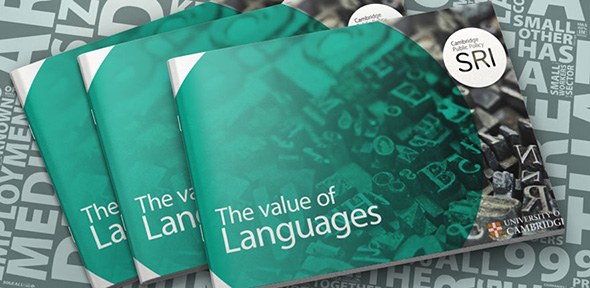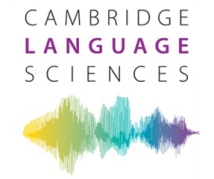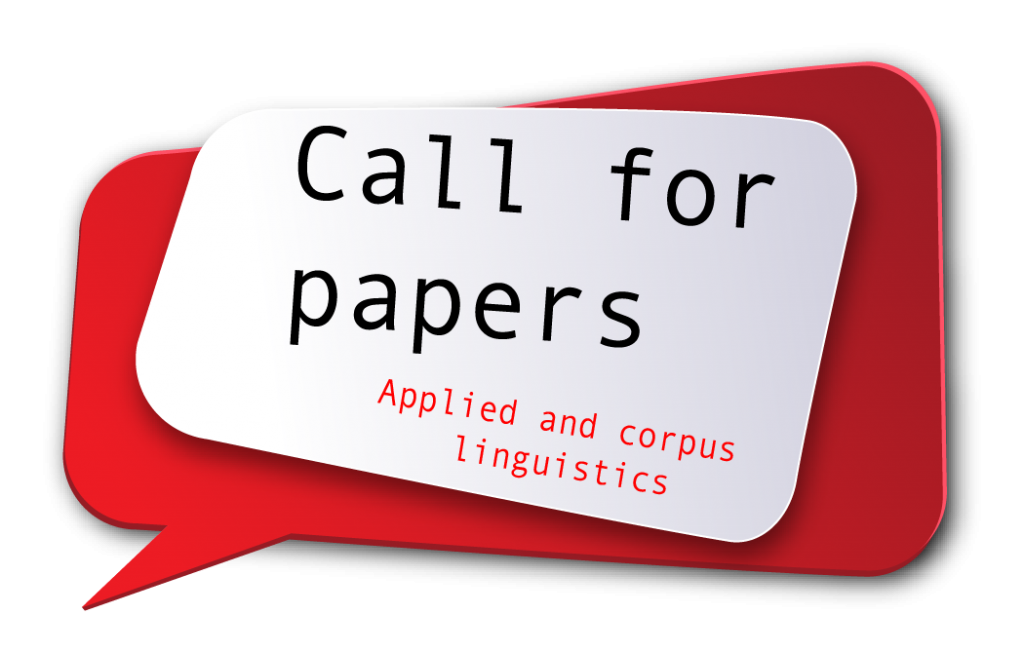Why is legal language so complicated? Legislative drafters and linguists compare notes
Wednesday 29 June 2016, 14.00 to 17.30
Venue: Institute of Advanced Legal Studies, 17 Russell Square, London WC1B 5DR
Description: The last decades have witnessed important innovations in legislative drafting but have we succeeded in producing perfect laws? Just because a bill has passed into law does not mean that its goals have been achieved. Indeed, the quality of legislation may not only be affected by the intrinsic drafting difficulties; the implementation of legislation may be significantly influenced by a range of ‘filtering agents’ at whom legislation is directed and who may constrain, adapt and modify the intentions that form the basis of the legislation approved in the first place. Looking at more ‘scientific’ disciplines, such as linguistics, may be of some help for the legislative drafter who wants to know how a piece of legislation has performed and the extent to which its goals will be achieved.
Speakers:
Hayley Rogers, Office of the Parliamentary Counsel, UK;
Maria De Benedetto, Roma Tre University, Italy;
Jerome Tessuto, University of Naples Federico II, Italy (TBC);
Stephen Neal, Professor of Philosophy and Linguistics, CUNY Graduate Center, New York, USA; Professor of Language and Law, School of Advanced Study, University of London;
James Hadley, Institute of Modern Languages Research, School of Advanced Study (SAS), University of London;
William Robinson, Associate Research Fellow, Institute of Advanced Legal Studies, School of Advanced Study, University of London;
Chair: Giulia Adriana Pennisi, University of Palermo, Italy and Associate Research Fellow, Institute of Advanced Legal Studies, School of Advanced Study, University of London
BOOKING: This event is free but advance booking is requested. To book please use the IALS Eventbrite page: http://bit.ly/1nN0VEw
Message distributed through the forensic-






